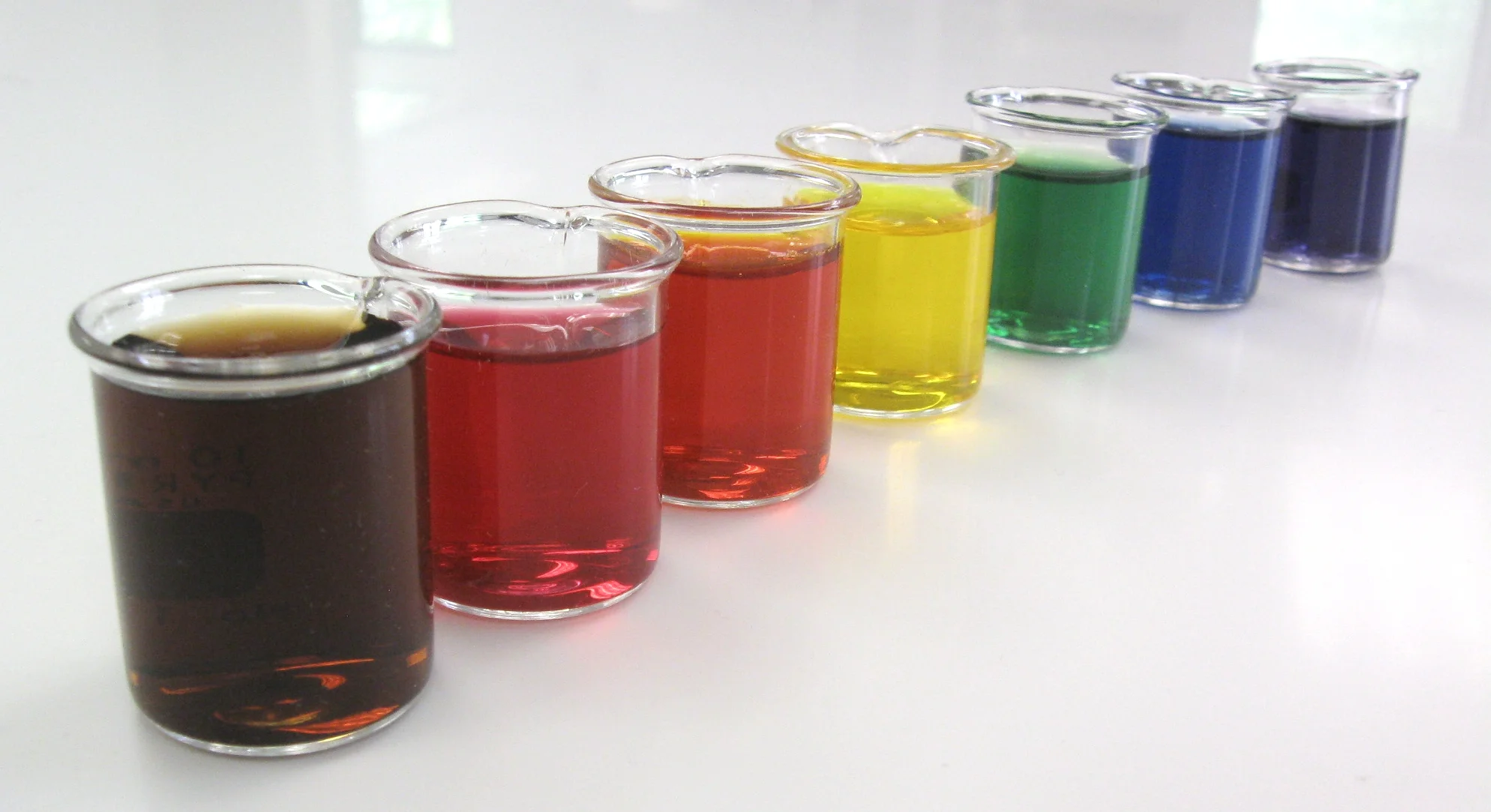
Blog
14th July 2020
The World Health Organization defines food additive as substances added to food to maintain or improve the safety, taste, freshness, texture, or appearance of food. Some food additives have been in use as a preservative for such as salt (in meats such as bacon or dried fish), sugar (in marmalade), or sulfur dioxide (in wine). These food additives are now readily accessible and include sweeteners in low-calorie products, emulsifiers in margarine, and a more comprehensive range of preservatives and antioxidants that slow product spoilage rancidity while maintaining taste.
Changing consumer trends towards low or zero-calorie food and widespread concern among food-safety advocates are leading companies to improve their patterns. Moreover, the hike in demand for packaged food and convenience having additives in higher quantity are acting as drivers for the market. Furthermore, the virus has also boosted the demand for packaged food. For instance, The Trade Promotion Council of India (TPCI) announced in March 2020 that the food categories like confectioneries, sweets, and organic processed food having an ample amount of food additives witnessed 15-20%. However, modernization is unaffordable for the small-scale manufacturer, but the large companies do not find investment justifiable due to the compact size of the market is the major restraints.
The new preference to eat sweet foods that do not make you fat has led to the development of a variety of low-calorie intense sweeteners that are much sweeter than sucrose, and are used in tiny amounts to satisfy the taste buds, holding the most significant share in the food additive market. Moreover, about 422 million people worldwide have diabetes, the majority living in low-and middle-income countries leading to 1.6 million deaths each year. Therefore, diabetic foods frequently contain both intense and bulk sweeteners by producing the sweetness and the texture that consumers expect. The fierce sweetener market share Saccharin which is 300 times as sweet as sugar holds maximum share as it has no side effects and is commonly used in highly populated east nations, including China and India. The United States has banned Cyclamate but is popular in other countries.
The major manufacturing and consuming hubs of the food additive market globally are North America and Asia-Pacific due to increasing consumer awareness, innovative approach, and more suitability in their busy schedule. For instance, according to government and industry records, in the five decades since Congress gave the FDA responsible for ensuring the safety of additives in the food supply, the number has spiked from 800 to more than 9,000, ranging from everyday substances such as salt to new green-tea extracts. This increase has primarily driven by demand from busy Americans who get more than half their daily meals from processed foods.
Detailed analysis of the global Food Additives Market will be available in our Full Report.